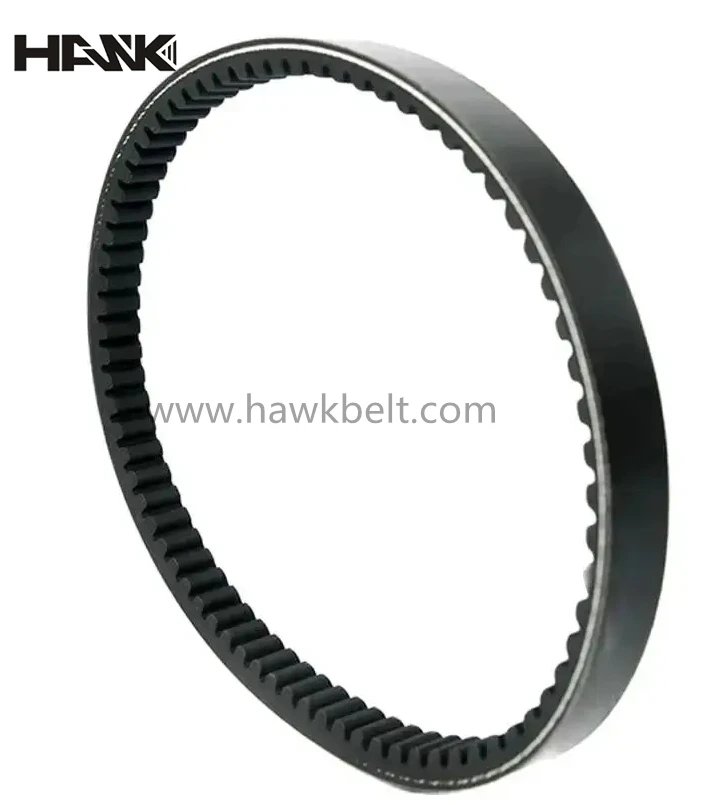- Arabic
- French
- Russian
- Spanish
- Portuguese
- Turkish
- Armenian
- English
- Albanian
- Amharic
- Azerbaijani
- Basque
- Belarusian
- Bengali
- Bosnian
- Bulgarian
- Catalan
- Cebuano
- Corsican
- Croatian
- Czech
- Danish
- Dutch
- Afrikaans
- Esperanto
- Estonian
- Finnish
- Frisian
- Galician
- Georgian
- German
- Greek
- Gujarati
- Haitian Creole
- hausa
- hawaiian
- Hebrew
- Hindi
- Miao
- Hungarian
- Icelandic
- igbo
- Indonesian
- irish
- Italian
- Japanese
- Javanese
- Kannada
- kazakh
- Khmer
- Rwandese
- Korean
- Kurdish
- Kyrgyz
- Lao
- Latin
- Latvian
- Lithuanian
- Luxembourgish
- Macedonian
- Malgashi
- Malay
- Malayalam
- Maltese
- Maori
- Marathi
- Mongolian
- Myanmar
- Nepali
- Norwegian
- Norwegian
- Occitan
- Pashto
- Persian
- Polish
- Punjabi
- Romanian
- Samoan
- Scottish Gaelic
- Serbian
- Sesotho
- Shona
- Sindhi
- Sinhala
- Slovak
- Slovenian
- Somali
- Sundanese
- Swahili
- Swedish
- Tagalog
- Tajik
- Tamil
- Tatar
- Telugu
- Thai
- Turkmen
- Ukrainian
- Urdu
- Uighur
- Uzbek
- Vietnamese
- Welsh
- Bantu
- Yiddish
- Yoruba
- Zulu
ડીસેમ્બર . 04, 2024 20:04 Back to list
cnc timing belt
Understanding CNC Timing Belts Essential for Precision and Performance
In the realm of computer numerical control (CNC) machinery, timing belts play a pivotal role in achieving the precision and efficiency that modern manufacturing demands. These belts are not just simple components; they are integral to the functionality of CNC systems, enabling accurate positioning and smooth operation across various applications.
What is a Timing Belt?
A timing belt is a toothed mechanical belt used to synchronize the rotation of components in a machine. Unlike standard belts that rely on friction to transmit power, timing belts ensure that the movement of the components is precisely timed. This characteristic is particularly essential in CNC machines, where even the slightest misalignment can lead to errors in the final product. Timing belts are commonly made from durable materials such as rubber and reinforced with fiberglass or steel for enhanced strength and longevity.
The Importance of Timing Belts in CNC Machinery
1. Precision Movement CNC machines require precise movements for accurate machining. Timing belts provide a reliable means of transferring motion from the motor to the driven components, ensuring that the positioning of tools and workpieces is consistent.
2. Reduced Slippage The toothed design of timing belts minimizes the risk of slippage, a common issue with flat belts. This ensures that the CNC machine operates smoothly and that the programmed instructions are followed accurately without loss of motion.
3. Maintenance and Longevity Timing belts are designed to withstand the rigors of machining environments. They require minimal maintenance compared to other mechanical drive systems, which makes them an economical choice in the long run. Regular inspections can help identify wear and tear, allowing for timely replacements and preventing unexpected downtimes.
4. Noise Reduction The operation of CNC machines can be quite noisy, but timing belts help to reduce operational noise levels. This is particularly beneficial in settings where noise reduction is a priority, such as in workshops or manufacturing facilities that require a quieter environment.
cnc timing belt

Choosing the Right Timing Belt for CNC Applications
Selecting the appropriate timing belt for a CNC application involves several considerations
- Belt Width and Length The size of the timing belt must match the specifications of the CNC machine. Proper sizing helps prevent excessive wear and ensures optimal performance.
- Tooth Profile Different CNC applications may require specific tooth profiles. The belt's tooth design can affect how it meshes with pulleys, impacting efficiency and accuracy.
- Material Composition Depending on the operating conditions, such as temperature and exposure to chemicals, the material composition of the timing belt should be chosen carefully. For example, belts made from heat-resistant materials may be necessary in high-temperature environments.
- Load Capacity Understanding the load that the timing belt will need to handle is crucial. Belts come with various load ratings, and the right choice will ensure durability and reliability throughout the machining process.
Conclusion
CNC timing belts are essential components that contribute significantly to the performance and reliability of CNC machines. Their ability to provide precise, synchronized motion makes them indispensable in the modern manufacturing landscape. By understanding their importance, businesses can make informed decisions about maintenance and upgrades, ensuring consistent productivity and superior manufacturing outcomes. Whether you are a manufacturer, a machine operator, or a maintenance technician, acknowledgment of the vital role that timing belts play in CNC machinery can enhance operational efficiency and product quality.
-
Korean Auto Parts Timing Belt 24312-37500 For Hyundai/Kia
NewsMar.07,2025
-
7PK2300 90916-T2024 RIBBED BELT POLY V BELT PK BELT
NewsMar.07,2025
-
Chinese Auto Belt Factory 310-2M-22 For BMW/Mercedes-Benz
NewsMar.07,2025
-
Chinese Auto Belt Factory 310-2M-22 For BMW/Mercedes-Benz
NewsMar.07,2025
-
90916-02660 PK Belt 6PK1680 For Toyota
NewsMar.07,2025
-
drive belt serpentine belt
NewsMar.07,2025

